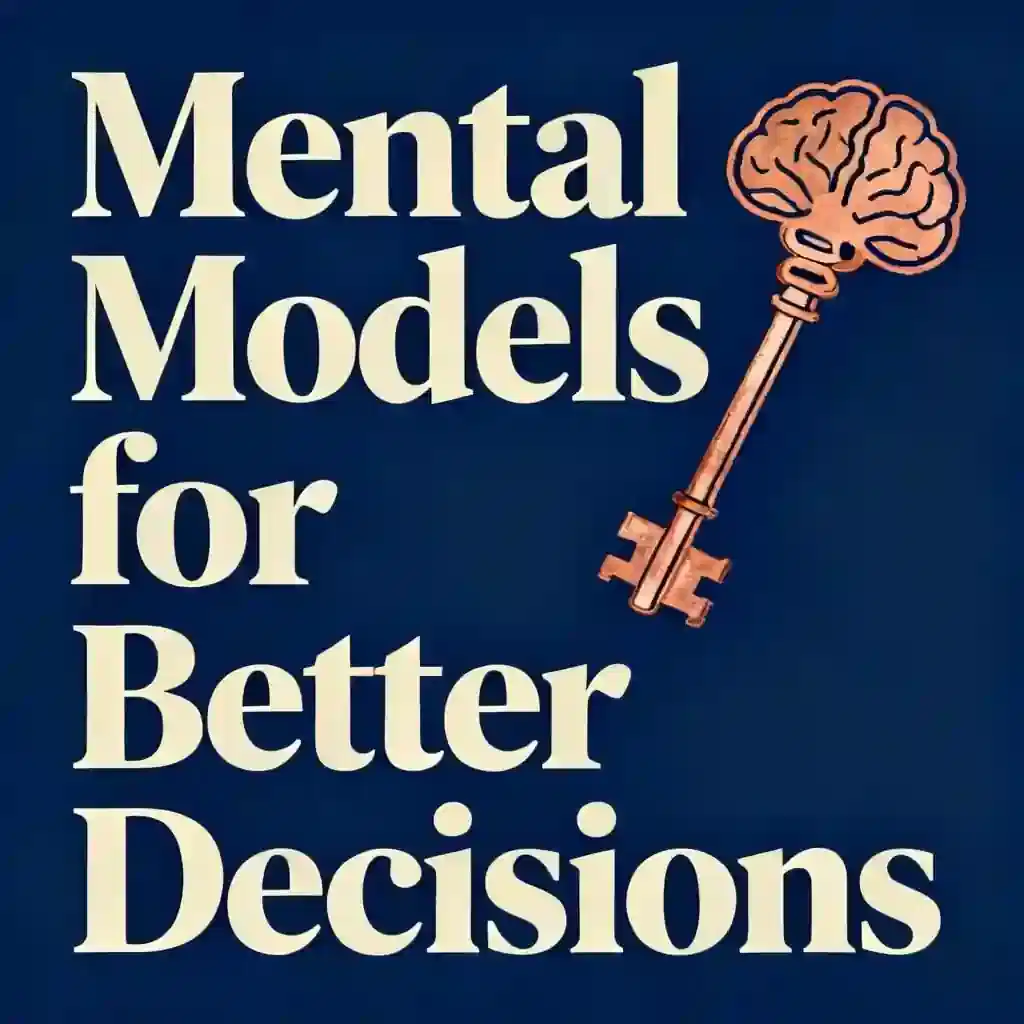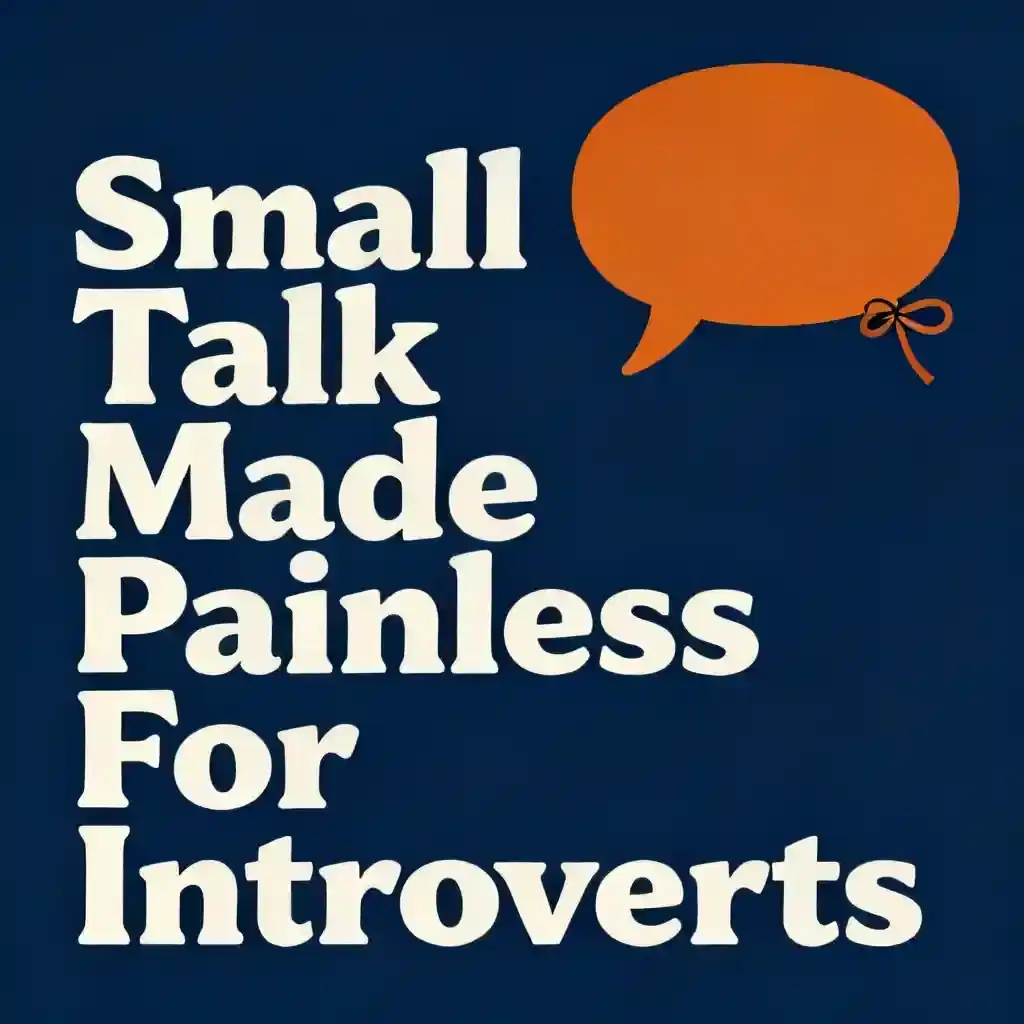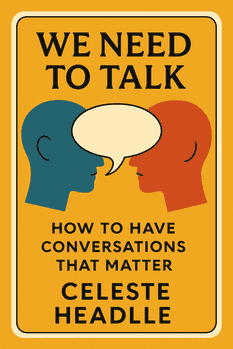What is
Build, Don't Talk by Raj Shamani about?
Build, Don't Talk provides actionable insights on practical skills often overlooked in traditional education, such as entrepreneurship, financial literacy, personal branding, and resilience. Raj Shamani blends motivational stories with strategies for real-world success, emphasizing action over theory. The book covers topics like overcoming failure, leveraging networking, and mastering self-discipline, making it a guide for personal and professional growth.
Who should read
Build, Don't Talk?
Aspiring entrepreneurs, young professionals, and students seeking to bridge the gap between academic learning and real-world challenges will benefit most. It’s ideal for those interested in personal branding, financial independence, or navigating career transitions. Shamani’s relatable anecdotes and step-by-step advice cater to readers eager to build habits for long-term success.
Is
Build, Don't Talk worth reading?
Yes, the book offers concise, actionable advice for practical skill-building, validated by Shamani’s entrepreneurial journey and accolades (TEDx speaker, UN Youth Representative). Readers gain frameworks for financial management, networking, and overcoming procrastination, making it a valuable resource for self-driven individuals.
What are the key takeaways from
Build, Don't Talk?
- Prioritize action over theory: Execute ideas rather than over-planning.
- Embrace failure: View setbacks as stepping stones to growth.
- Build a personal brand: Authenticity and consistency drive influence.
- Master financial literacy: Budgeting, investing, and diversifying income streams.
What is the Thirty-Second Rule in
Build, Don't Talk?
The rule suggests committing just 30 seconds to start a task, overcoming inertia and building momentum. Shamani applies this to fitness, networking, and productivity, arguing that small, consistent actions lead to significant results over time.
How does
Build, Don't Talk approach financial literacy?
The book stresses budgeting, understanding investments, and creating multiple income streams. Shamani advocates for financial independence through passive income and smart risk-taking, framing money management as a critical life skill often excluded from formal education.
What does Raj Shamani say about failure in
Build, Don't Talk?
Failure is reframed as a necessary teacher. Shamani shares personal anecdotes of setbacks in business and public speaking, urging readers to analyze mistakes, adapt strategies, and persist. He highlights resilience as foundational to entrepreneurial success.
How does
Build, Don't Talk compare to other self-help books?
Unlike theory-heavy guides, Shamani’s work focuses on immediacy—actionable steps over abstract concepts. It combines entrepreneurship, personal development, and tactical advice (e.g., the Thirty-Second Rule), distinguishing it as a manual for tangible habit-building.
What personal branding strategies does
Build, Don't Talk recommend?
- Authenticity: Align online presence with core values.
- Consistency: Regularly share expertise via blogs, podcasts, or social media.
- Networking: Build genuine relationships, not transactional connections.
Can
Build, Don't Talk help with career changes?
Yes, it provides frameworks for identifying opportunities, negotiating roles, and leveraging transferable skills. Shamani emphasizes adaptability and proactive networking as keys to transitioning smoothly into new industries.
How does
Build, Don't Talk address mental health?
The book advocates for prioritizing self-care, setting boundaries, and seeking mentorship. Shamani ties mental resilience to productivity, encouraging readers to balance ambition with holistic well-being.
What quotes from
Build, Don't Talk are most impactful?
- “Ideas are worthless without execution.” Highlights the book’s action-first philosophy.
- “Your network is your net worth.” Underscores the value of strategic relationships.
- “Fail fast, learn faster.” Encourages iterative growth through experimentation.




















